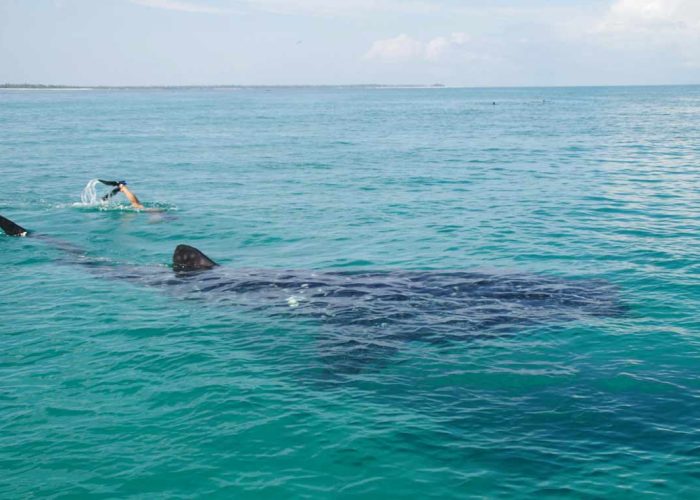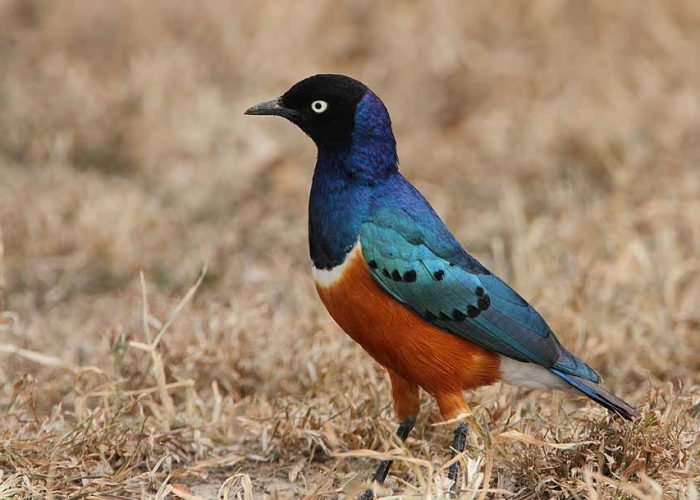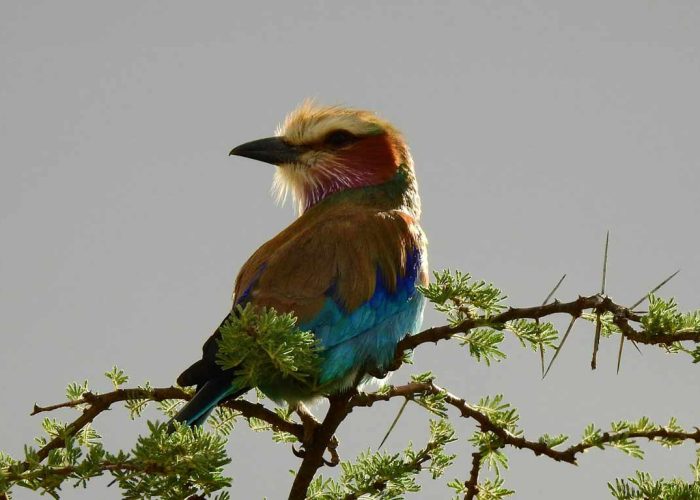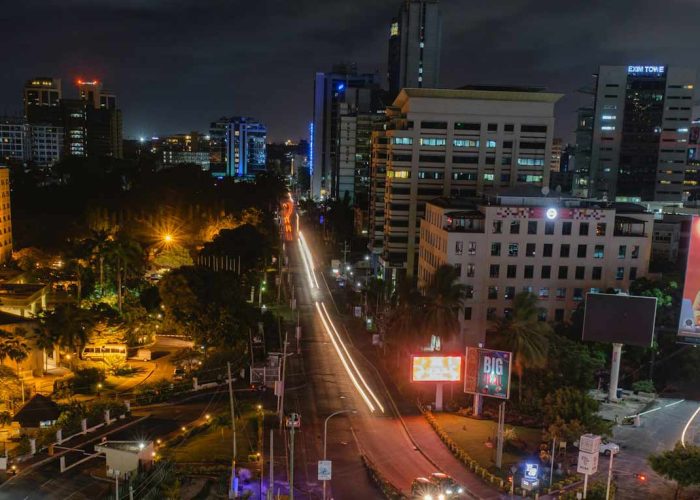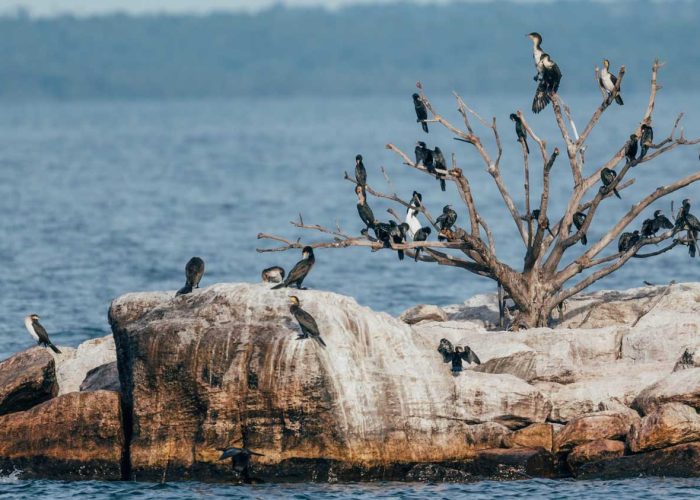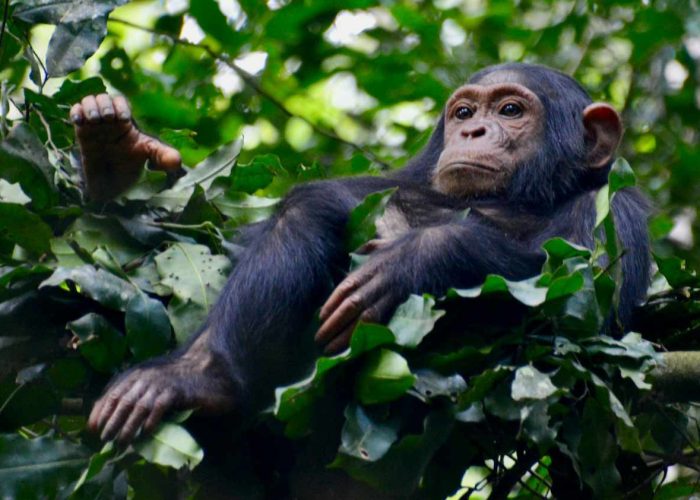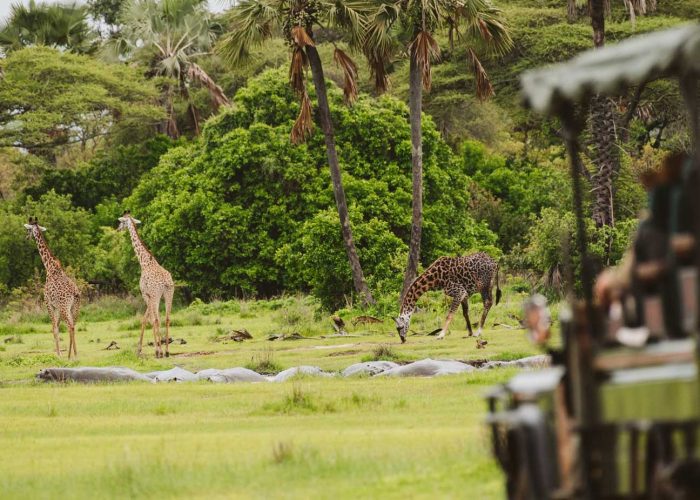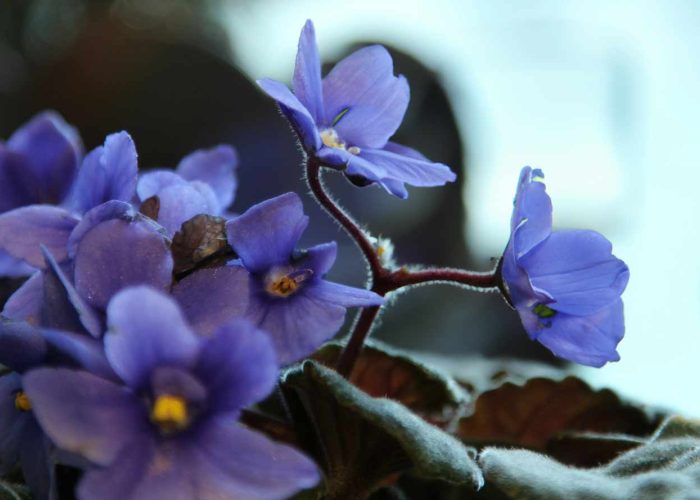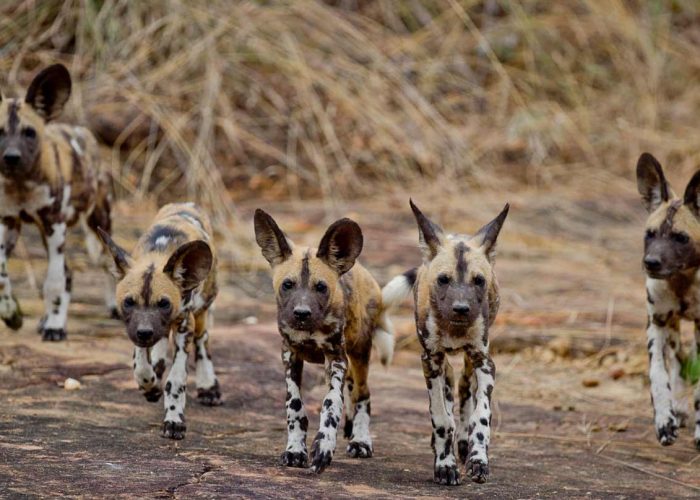Places 2 Go
Secluded and seductive Mafia – a green wedge of land surrounded by turquoise waters, pristine islets and glinting white sandbanks – remained off the beaten track for years, undiscovered by all except deep-sea fishing aficionados and a trickle of visitors. That’s changing fast – the island’s tourist accommodation has grown from one hotel to over half a dozen in just a few years. For now, though, Mafia remains free of the mass tourism that threatens to overwhelm Zanzibar.
Read MoreDescription: Due to the physical isolation and the remarkable climatological stability of this area over the last 40 million years, there is exceptional biodiversity and literally there are thousands of plant and animal species that are not found anywhere else on earth. Bird watching is especially rewarding and the views from the mountaintops stretch over…
Read MoreOne of Tanzania’s newest national parks, Saadani bills itself as one of the few spots in the country where you can enjoy the beach and watch wildlife at the same time. It’s easily accessible from Dar es Salaam as an overnight excursion and is a good choice if you don’t have time to explore further afield. To the south of the reserve is the Wami River, where you’ll probably see hippos, crocodiles and many birds, including lesser flamingos, fish eagles, hamerkops, kingfishers and bee-eaters.
Read MoreDar es Salaam is a major African city with more than 3 million people. Unless you have a particular reason for spending some time in Dar, we feel it just doesn’t fit in well with most itineraries. Due to the timing of flights, we do occasionally recommend overnights in Dar. The best bet for a half-day in Dar is to head to Mwenge where there is some good souvenir shopping, especially wood carvings.
Read MoreA peaceful paradise with untouched beaches, bird-rich marshes and rare animal species. Here you can go on foot or by boat. This is the only good place in Tanzania to find sitatunga, East Africa’s only truly amphibious antelope. There are also other antelopes, vervet monkeys, small carnivores, hippos, crocodiles, reptiles and at least 200 bird species. There are also chimpanzees (un-habituated), elephant, colobus monkeys and giraffe, but you are less likely to see them.
Read MoreMahale National Park is home to some of the last remaining wild chimpanzees: a population of roughly 800. Tracking the chimps is a fascinating experience. You can also take a dip in the unbelievably clear waters of the world’s longest, second-deepest and least-polluted freshwater lake!
Read MoreIsolated, untouched and with few visitors, Katavi is a true wilderness, providing a taste of the untouched Africa. As Tanzania’s third largest national park it would attract large numbers of visitors, but it is in the remote Southwest part of Tanzania and difficult to reach. It is best to visit during the dry seasons (June through October) when water is scarce and for miles along the Katuma River, animals congregate in unbelievable numbers.
Read MoreThe smallest of Tanzania’s national parks, Gombe is a narrow strip of chimpanzee habitat on the shore of Lake Tanganyika. Its chimpanzees – habituated to human visitors – were made famous by the pioneering work of Jane Goodall’s studies. The matriarch, Fifi, the last surviving member of the original community, only three years old when Goodall first set foot in Gombe, is still regularly seen by visitors. Tracking the chimps is a fascinating experience.
Read MoreUdzungwa is the largest and most bio-diverse of a chain of a dozen large forest-swathed mountains that rise majestically in Eastern Tanzania. Known collectively as the Eastern Arc Mountains, it has also been dubbed the African Galapagos for its treasure-trove of endemic plants and animals, most familiarly the delicate African violet. It is a magnet for hikers, with its excellent network of forest trails.
Read MoreThis untouched uninhabited area is home to the biggest herds of elephant and other wildlife to be found anywhere in the world. The large meandering Rufiji River with its network of channels, connecting lakes and lagoons offers visitors the unique opportunity to go on safari by boat and experience the spectacular concentration of wildlife from an unusual perspective, especially during the dry season when animals congregate.
Read More- « Previous
- 1
- 2
- 3
- Next »

